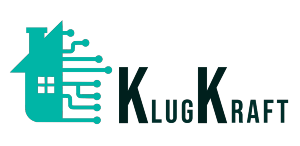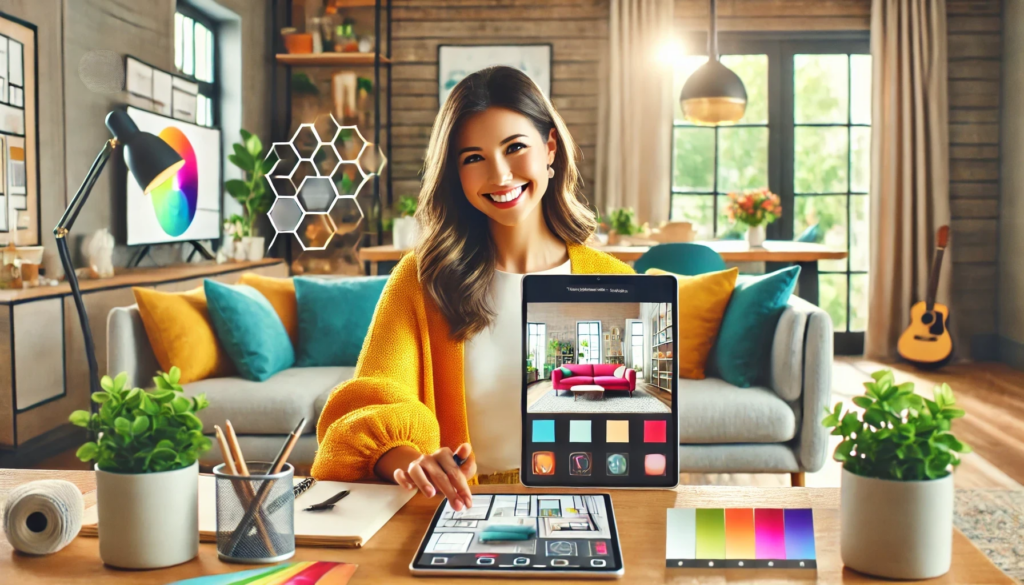The rise of artificial intelligence (AI) has sparked many debates across various industries. And this includes the world of interior design. With AI-powered room designer tools, it’s becoming increasingly sophisticated. And some people wonder whether technology can truly replace the expertise of human designers. So let’s try to explore the strengths and limitations of both AI-driven room designer tools and traditional human designers. And try to understand how these two forces can collaborate for the best results.
The Strengths of AI Room Designer
1. Speed and Efficiency
One of the most significant benefits of AI-driven room design tools is the speed. The speed of tool at which they can generate designs. Tasks that would take human designers days or even weeks, such as creating multiple layout options. These tasks can be completed in minutes by AI. These tools can quickly suggest furniture styles, color schemes, and decor options. Which is based on user inputs like room size, room types, and preferred style.
For people with limited time or those looking for quick inspiration. An AI room designer can be a game-changer. It allows users to instantly visualize different design concepts. And making it easier to experiment with ideas before committing to a plan.
2. Data-Driven Solutions
AI is highly skilled at processing vast amounts of data. And providing solutions that are grounded in practical, functional insights. For example, AI can optimize furniture placement to maximize space or improve traffic flow in a room.
3. Accessibility and Affordability
Hiring a professional human designer can be costly. And sometimes out of reach for many people. AI room design tools, on the other hand, are often far more affordable. Platforms that offer AI-powered room design allow everyday homeowners to get personalized room style suggestions. This can be done without having to hire a professional. And making quality designs more accessible to the masses.
4. Personalization at Scale
Modern AI room designer tools can offer personalized suggestions based on user preferences. For instance, after a brief questionnaire about style preferences and functional needs. AI can suggest design elements that fit the user’s taste. It can also learn from previous interactions and continually refine its suggestions.
While this form of personalization is impressive, it does have its limits. AI can analyze and replicate preferences. However, it lacks the ability to fully capture the nuances of human emotions and context. Which comes with designing a truly unique and lived-in space.
The Strengths of Human Room Designer
1. Creativity and Artistic Vision
Human room designers are known for their ability to think outside the box. They can come up with innovative design solutions that are often bold, experimental, and highly creative. While AI tends to rely on patterns and algorithms. Human designers can draw from a vast array of influences, and experiences. And also cultural knowledge to craft designs. That further feels fresh, unique, and deeply personalized.
A human designer can also inject emotion into their work. They don’t just create aesthetically pleasing rooms. But they design spaces that tell a story and evoke emotions. And reflect the personality of the people living in them.
2. Emotional Intelligence and Personal Touch
Perhaps the most significant strength of a human designer is their ability to connect with clients on a personal level. Human room designers take the time to understand their clients’ lifestyles, preferences, and goals. And translating those insights into a design that fits their unique needs. They also have the empathy to understand the emotional relationship people have with their homes. This again allows them to create spaces that feel welcoming and comfortable. And not just visually appealing.
Human designers can sense subtle cues. Like when a client is hesitant about a bold choice or when they’re particularly attached to a family heirloom. This emotional intelligence allows human room designers to adapt and create spaces that truly feel like home.
3. The Art of Problem-Solving
Interior design often involves unexpected challenges. Whether it’s dealing with structural limitations, coordinating with contractors, or handling last-minute changes to the design plan. Human designers are experts at navigating these challenges. They have the experience and flexibility to come up with creative problem-solving solutions. And that goes beyond what an algorithm can offer.
For example, AI might suggest the most efficient layout for a small room. However, a human room designer could recognize that the client values hosting friends. And so finds a way to incorporate flexible furniture. That accommodates both intimacy and large gatherings.
4. Collaboration and Customization
While AI can offer customization through data analysis. Human room designers excel at true collaboration. They work closely with clients. And continuously refining designs based on real-time feedback and evolving needs. The dialogue between the room designer and the client allows for a deeper exploration of ideas. And ultimately results in a more meaningful and personalized space.
AI and Human Room Designers: A Collaborative Future
Rather than viewing AI and human designers as competitors. It’s more productive to think of them as collaborators. AI tools can enhance the work of human designers by streamlining the more time-consuming, technical aspects of design. For instance, AI can generate initial design options and free up human designers. So they can focus on the creative and emotional aspects of the project.
By using both the speed and efficiency of AI and the creativity and personal touch of human room designers. Clients can achieve the best of both worlds. AI can serve as a valuable tool in the designer’s toolkit. And helping them work more efficiently. And also offering clients a smoother, more streamlined experience.
KlugKraft is the premier online destination for system integrators and interior designers to showcase their home & office automation products. This platform is meticulously crafted to highlight the synergy between innovative technology and elegant design. Providing a comprehensive portfolio space for professionals. KlugKraft allows experts to display their latest smart home technologies. From intuitive lighting solutions to sophisticated security systems. All designed to enhance modern living. By offering a dynamic and interactive showcase. KlugKraft not only connects these professionals with potential clients. But also sets a new standard in the integration of technology and design in home automation. Ensuring every space is as functional as it is visually stunning. KlugKraft (a unit of Smart Group)


